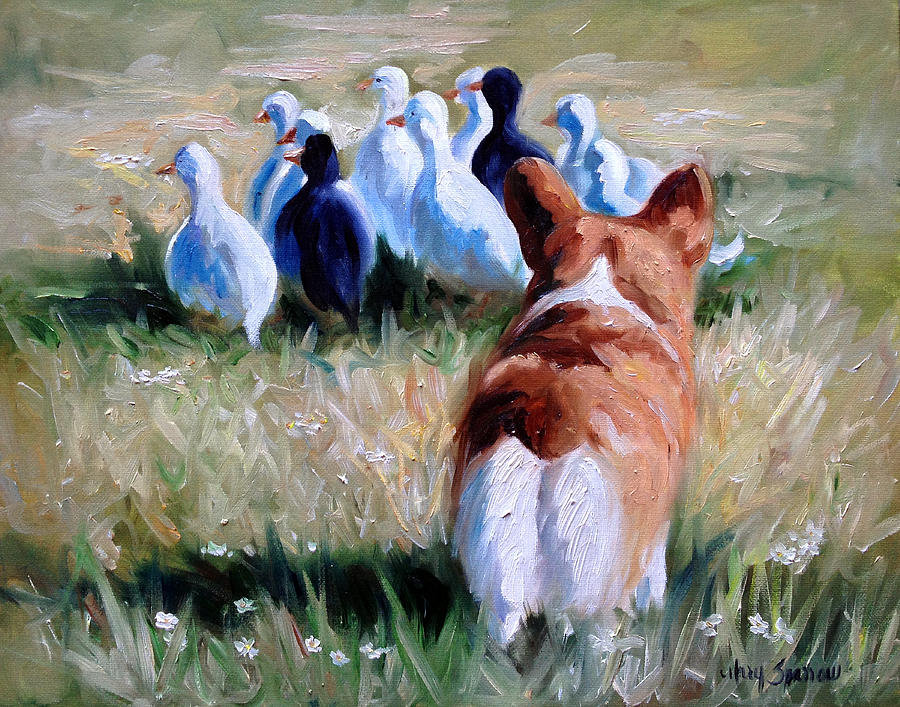
Last April, colleagues of the Ethology Department at one of our favorite research organizations anywhere, the Family Dog Project, visited the third annual Corgi Herding Day at Portelek in Jászberény, Hungary.
“Corgi Day” invites Corgis from Hungary and other countries to participate in Herding, and a Herding Instinct Test, but also in fun activities like the “Bravest Corgi Competition,” the Corgi Speed Test, and the Corgi IQ Test. The stated goal of the day is to “preserve the original instincts of this fabulous breed where all attendants can compete with each other, dogs and owners, too, on a friend day in a friendly way.”
It makes you wish you could be in Hungary for the next one, doesn’t it?
Before we talk about the herding style of the Corgi, it helps to know that in general, herding dogs tend to be categorized into two types: Loose-eyed (or upright) breeds, and strong-eyed breeds.
The Border Collie (recently featured as a Purebred of Interest) is a fine example of a strong-eyed herder. She usually works silently in a crouching position that’s a bit of a distance away from her handler, and she stares at stock with intimidation to get them to move. Since some sheep graze on uneven topography, and many are skittish, a dog that can run far and wide to gather the sheep and not work too close to them is called for. The Border Collie fits the bill.
Loose-eyed breeds, on the other hand, don’t crouch, they typically don’t stare, and they tend to work closer to the sheep. In fact, a breed like the Puli not only runs in-and-out from sheep to get an entire large flock to turn on a dime, but will leap onto the back of a nearby ewe or ram and run across the backs of the sheep to reach the one he really wants – barking the whole time. Pulik have been known to cling to the back of a runaway sheep and hang on until the critter tires out so it can be herded back to the flock.
Conversely, the Corgi was traditionally a “jack of all trades” farm dog in Wales. The breed was used to work stock, particularly cattle, where the Corgi’s shortness made it hard for a cow to kick a landing blow. Fencing wasn’t typical in Welsh grazing land, so the Corgi was called up to to do it all: Guard the pasture, retrieve wandering cows, heckle the ones that didn’t belong there, and move them around.
To work cows, a dog needs to be pushy, tough, independent, and smart. Here too, the Corgi fits the bill: A dog that works close to the heels of their stock, is mouthy, and pushy enough to “move ’em up and head ’em out.”
Mary Sparrow – HangingtheMoonShelby
www.marysparrowsmith.net
www.etsy.com/shop/HangingtheMoonShelby
